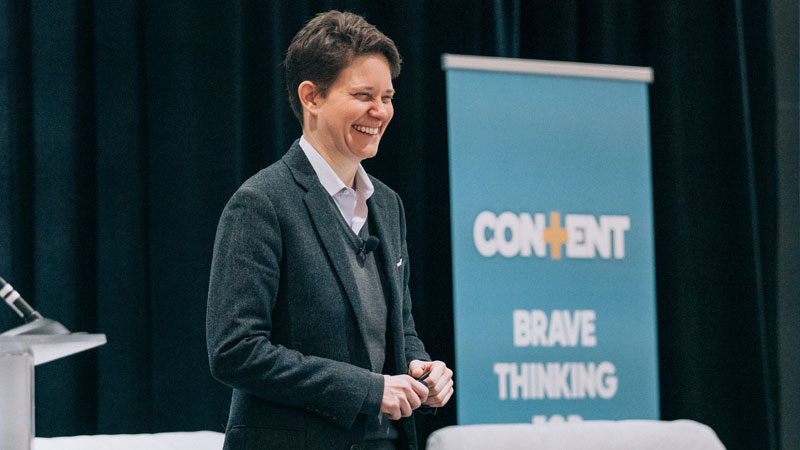According to the Content Marketing Institute, 76 percent of B2C companies and 88 percent of B2B companies are using content marketing, but only 38 percent of B2C and 30 percent of B2B brands report that their organizations are effective at it. Why the big gap in usage and effectiveness?
Pace’s experience in developing content programs for brands across various industries has told us that a program’s effectiveness is contingent on developing a solid framework to measure return on investment, also known as ROI. This framework must be customized for individual brands and programs, and take into consideration both business- and customer-centric objectives.
On its own, ROI is a very simple concept that considers the overall cost of a marketing program and how much revenue can be attributed to the effort. However, as these conversations evolve in our industry it quickly becomes apparent that what ROI means in content marketing can vary greatly for different brands. Questions that we are often asked by clients include: How should content marketing ROI realistically be defined? What are the most important measures of success? How do the frameworks translate into insights based on business goals? And while obtaining data for the measurement frameworks is great, how can this data be turned into tangible action items that drive the direction of programs?
In our latest Pace Perspectives white paper, “The ROI of Content Marketing: How to Measure Success,” we explore the different factors that can influence overall program ROI, and provide guidelines for how brands can establish a measurement framework. We dig into some of the primary considerations that should be evaluated when developing these frameworks.
The paper covers the two fundamental measurement principles: Hard and Soft ROI. While Hard ROI concentrates on sales, Soft ROI focuses on the longer-term indirect lift that content can bring to a marketing program. Both are important for different reasons when determining success. We frequently see that brands that have tunnel vision and are too focused on only one element to define as success often set themselves up for failure. Focusing on a single element doesn’t allow them to capitalize on the broader success that a well-crafted program can achieve.
Most marketers know that a content marketing program can produce strong results for their brand, but often setting up that framework can be difficult. And communicating the value to executive management, who is looking for quick revenue wins, can also be a challenge. In this paper we encourage brands to take a step back and first look at six primary considerations that should be evaluated before establishing the framework:
- ROI is as unique as every company
- Not everyone has a funnel
- Not everyone agrees on what ROI is
- Not everything can be measured and considered
- Context and timing matter
- Correlational evaluations are critical
Once those elements have been considered, a carefully crafted ROI framework can then be developed for a brand using common factors for both Hard and Soft ROI. Both are critical to a well-rounded content program.
At Pace we have seen many clients achieve success when they build the proper framework from the ground up. Balancing both brand- and consumer-centric objectives and considering the specific nuances of the brand and the messaging are critical to achieving this success.
We invite you to explore the white paper to learn more about measuring the ROI of a content marketing program. If you have questions or comments you’d like to share, please post them in the comment section below.



